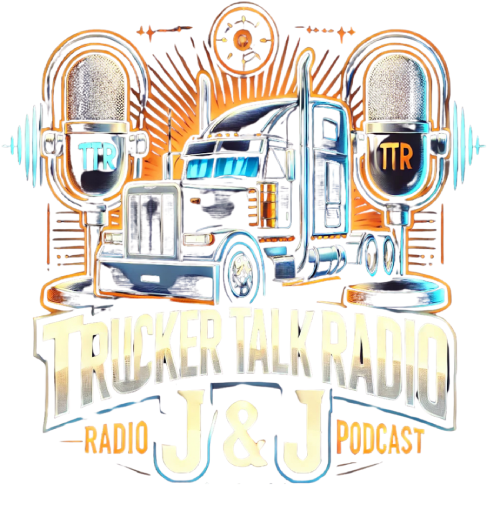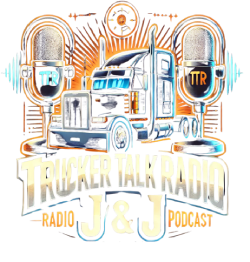Since the pandemic began, approximately 91,000 workers, representing about 6% of the 1.52 million individuals in the trucking industry, have left their jobs, contributing to the mass resignations known as the Great Resignation. While the industry has brought in some new hires to offset these departures, the American Trucking Associations reports that the U.S. faced a shortage of 80,000 truck drivers in 2021—a record figure that could potentially double by 2030.
One potential strategy to address this driver shortage is to encourage more women to enter the trucking workforce. Currently, women constitute only 7.8% of truck drivers, indicating that promoting gender inclusivity is essential not just as a healthy corporate practice, but as a critical necessity for the industry. Innovations in technology are being introduced to make trucking a more appealing career choice for women.
Lessening Physical Strain of the Job
The latest models of Mack trucks and Volvo trucks from Volvo Group North America feature enhanced seat and steering wheel ergonomics to better accommodate various body types. Their assisted-steering technology reduces the effort needed to steer by as much as 85% and can automatically assist with lane stabilization in challenging weather conditions.
According to Adam White, a chief engineer at Volvo Group North America, these advancements are designed to alleviate both mental and physical stress for drivers of all sizes, which allows them to concentrate on their driving responsibilities without excessive physical strain.
Enhancing Safety and Transparency on the Road
Among the 800 drivers at Carter Logistics in Indianapolis, fewer than 10%, or 75, are women. Jessica Paugh Warnke, who recently became the first female CEO of the family-run supply chain management firm, aims to increase this proportion to between 15% and 20%. She notes that women tend to be safer drivers, citing research that shows they are 20% less likely to be involved in accidents.
Despite these safety advantages, women often have reservations about their personal safety while driving long distances. Warnke emphasizes that, while safety issues remain, modern online tools can help truck drivers access vital information about rest areas, pick-up and drop-off points, and overall road security. Resources like Google reviews and apps such as Dock411 provide critical insights for drivers, enabling informed decision-making regarding their stops.
Technological Advances Driving Cultural Transformation
Connectivity is essential for fostering a supportive community among female truckers. Social media platforms have opened doors for women in trucking to share their journeys and even influence others. For instance, Clarissa Rankin, a professional driver, boasts 1.7 million followers on TikTok and recently discussed the significance of trucking as a career option for women on “The Kelly Clarkson Show.” Additionally, the Women in Trucking Association has utilized TikTok to support and educate female drivers, with its @womenintrucking account attracting over 2,079 followers since its inception in June 2021.
As more women become prominent within the trucking community, their success stories inspire others to join the industry. Ellen Voie, the association’s president and founder, indicates that seeing female truckers thrive serves as motivation for others. Industry leaders recognize that technological advancements are contributing to cultural changes within trucking, moving the sector towards greater inclusivity.
Volvo Trucks North America’s Christina Ameigh points out the new children’s day care facilities emerging at major fleet offices—a concept unimaginable two decades ago. Companies like Prime Inc. are also leading the way by establishing driver terminals that include amenities such as day cares, spas, salons, and private sleeping quarters. Ameigh asserts that increased representation of women drivers will be crucial for tackling ongoing shortages and ensuring the industry remains robust.


